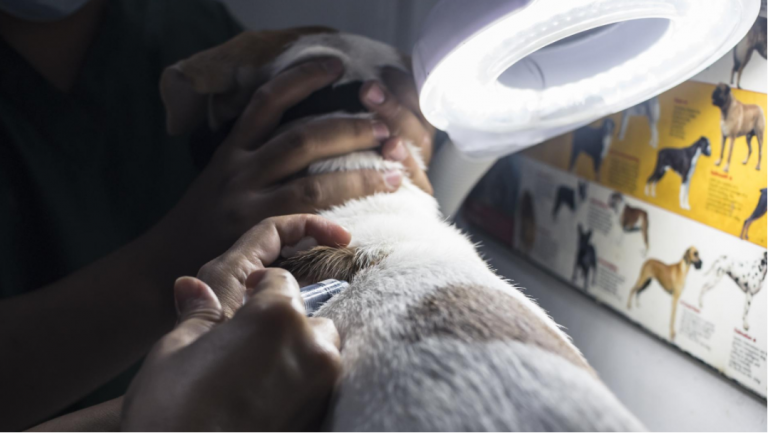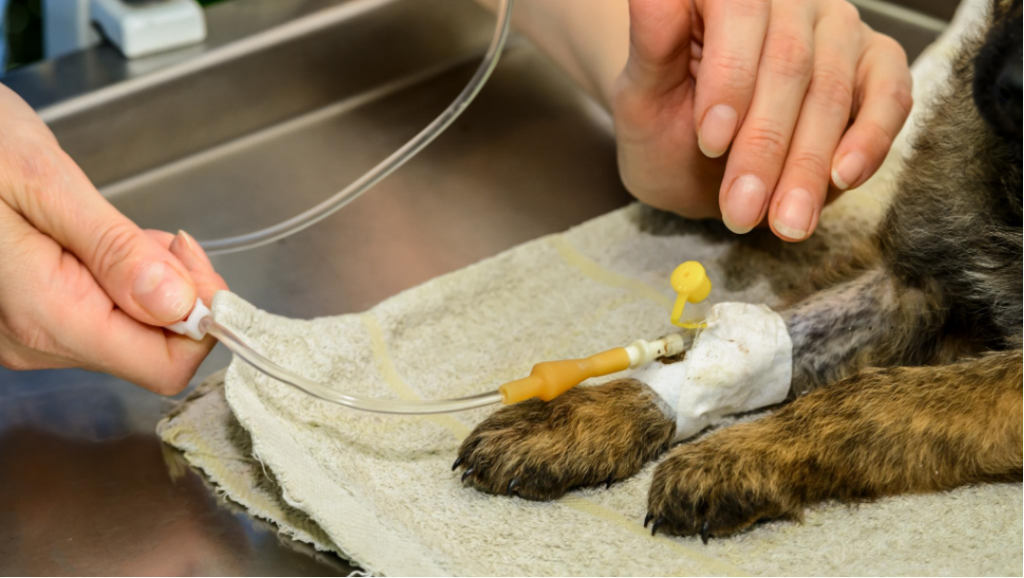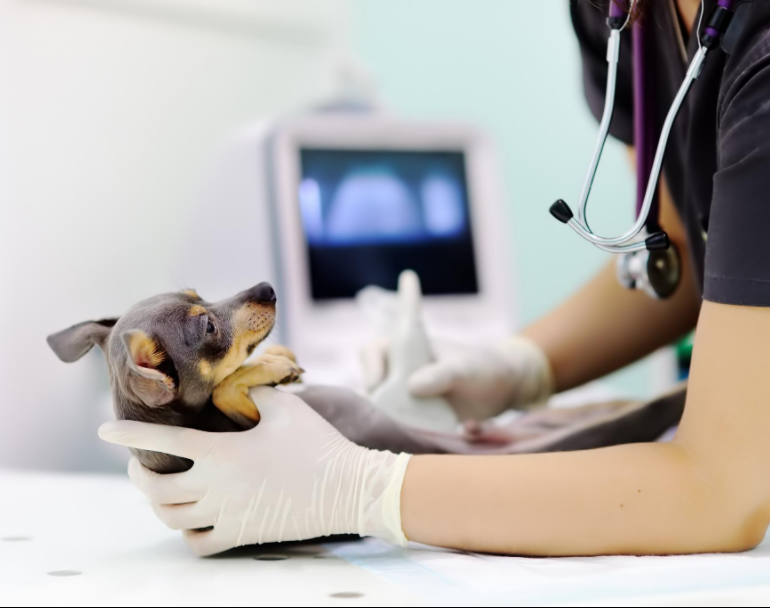
A Structured Framework for Safe Anesthesia Care
Anesthesia administration is a critical aspect of veterinary care, ensuring the comfort and safety of our beloved animal companions during surgical procedures. To guarantee the best possible care, comprehensive guidelines have been outlined, creating a structured framework for safe anesthesia administration in dogs and cats. The continuum of anesthesia care starts at home with pet owners and extends to the veterinary hospital, covering all phases from preanesthesia preparation to recovery. These guidelines place a strong emphasis on individualized anesthetic plans, effective client communication, and staff training to minimize anesthesia-related risks.
Guideline Highlights:
- Preanesthesia Evaluation: The foundation of safe anesthesia begins with a thorough assessment of the patient’s history, physical condition, age, breed, temperament, and diagnostic findings. This assessment allows veterinarians to identify risk factors and tailor anesthesia plans to each unique case.
- Day of Anesthesia: Owners play a vital role in the process, starting at home. They ensure that their pets are properly fasted and administer any prescribed medications. Anxiolytic and analgesic drugs may be necessary for anxious or painful patients to ensure a comfortable experience.
- Standardized Procedures: A systematic approach is crucial. Checklists, careful equipment selection, and staff training are essential elements that ensure consistency and minimize the possibility of errors during anesthesia.
- Pain Management: Proper pain assessment and proactive pain management are integral to successful anesthesia and postoperative recovery. Ensuring the patient’s comfort is a fundamental aspect of anesthesia care.
- Client Education: Effective communication with pet owners is key. Discussing anesthesia risks and outlining the commitment to mitigating those risks is a vital part of the anesthesia process. Informed owners can feel more confident about the care their pets receive.
- Staff Training: Continuous education and periodic refresher training are essential for the anesthesia team. This ongoing learning process ensures that staff members remain skilled and proficient in anesthesia care, which contributes to overall safety.
VetMo: The Digital Solution
These guidelines provide a well-structured framework for the delivery of safe and effective anesthesia care in veterinary practices. The primary focus is on patient well-being and reducing anesthesia-related risks. However, in today’s digital age, technology has brought a new level of precision and convenience to anesthesia management.
One remarkable tool that aligns perfectly with these guidelines is VetMo, an innovative application designed to streamline anesthesia management. VetMo eliminates the possibility of human errors through automated data recording and real-time monitoring. It synchronizes data seamlessly, ensuring that all patient information is accurate and up-to-date. This digital precision enhances the overall anesthesia process, making it safer and more efficient.
Offline Accessibility and Efficiency
Furthermore, VetMo offers offline accessibility, a groundbreaking feature in areas with unstable internet connectivity. This means that veterinarians and their teams can access and record crucial patient data even without an internet connection, ensuring that no information is lost.
Embracing Innovation for Safer Anesthesia
In conclusion, the comprehensive guidelines for safe anesthesia administration provide a solid foundation for veterinary practices. They prioritize patient safety and well-being, and when combined with innovative solutions like VetMo, they usher in a new era of anesthesia care. With VetMo, you can focus on delivering the highest quality of care to your furry friends, knowing that anesthesia management is precise, reliable, and hassle-free.
Reference
2020 AAHA Anesthesia and Monitoring Guidelines for Dogs and Cats*



